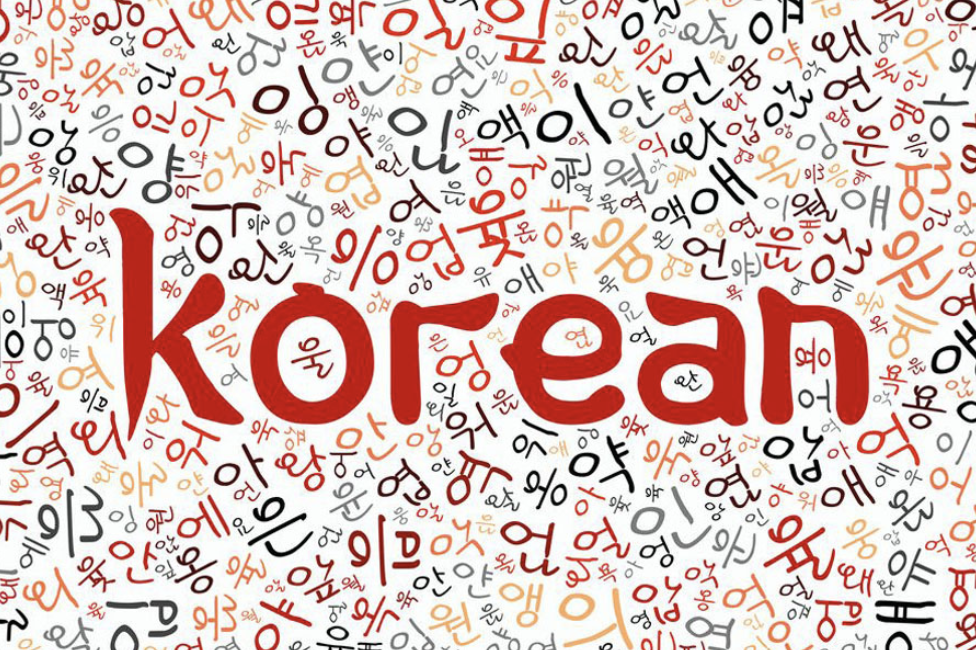
Exploring the Korean Alphabet – Learn the Basics!
As time goes on, Korean is becoming a more dominant language in this globalized world. Whether it’s because of companies like Samsung or Kia, spiking popularity surrounding a K-POP group, or connecting with the rich culture of the nation, Korean is a very popular language to learn. Many may believe it to be quite complicated, however, the Korean alphabet is quite simple to learn with many saying that you can learn the whole thing in a day. So, if you are interested in this fascinating language, here is a good place to start!
A Very Short History
Before we came to the Hangul alphabet that we know and love today, Korean used to be made up of Chinese characters, in a similar way to the Japanese language of today. However, when King Sejong the Great came to power in the 15th century, he is said to of created an alphabet that was both easy to learn and to understand. This is great news for you, someone who wants to learn Korean! So, how do we read the letters?
Vowels & Consonants
Like other languages you may be familiar with, Korean is made of a series of vowels and consonants. However, unlike let’s say English or Spanish, Korean has simple and complex vowels and consonants.
Vowels:
There are 10 simple vowels in Korean which are:
| ㅏ – a | ㅑ – ya | ㅓ – eo | ㅕ – yeo | ㅗ – o |
| ㅛ – yo | ㅜ – u | ㅠ – yu | ㅡ – eu | ㅣ– i |
You may have already started to see some patterns, for example how the inclusion of an extra line adds a /y/ sound to the start of the vowel how we see in ㅏ[a] & ㅑ[ya] . Additionally, 11 complex vowels combine two simple vowels to produce a diphthong. For example, the complex vowel ㅐ[ae] is made of the letters ㅏ[a] andㅣ[e]. Here are the others:
| ㅒ– yae | ㅔ– e | ㅖ– ye | ㅘ – wa | ㅙ – wae |
| ㅚ – oe | ㅝ – wo | ㅞ – we | ㅟ – wi | ㅢ – ui |
Consonants:
Like vowels, there are also complex and simple consonants. Luckily the simple ones outweigh the complex at 14 simple and 5 complexes, sometimes also called tense consonants.
note: “-” means silent
Here are the basics:
| ㄱ – g/k | ㄴ – n | ㄷ – d/t | ㄹ – r/l | ㅁ – m |
| ㅂ – b/p | ㅅ – s/t | ㅇ – ng/- | ㅈ – j/t | ㅊ – ch/t |
| ㅋ – k | ㅌ – t | ㅍ – p | ㅎ- h/t |
Here are the tense consonants:
| ㄲ – kk/k | ㄸ – tt/- | ㅃ– pp/- | ㅉ – jj/- | ㅆ – ss/t |
The consonants were made to represent the position the mouth is when creating the sound such as the bilabial letter ㅁ [m] which is created when the lips are brought together in an o shape
How to Read it
Once you learn to recognize the letters, there is only more thing to learn, Korean patterns. Instead of having the alphabet like we do in English, where one letter follows the next, Korean letters are stacked on to each other in various patterns. Such as: C = consonant, V = vowel, F = final consonant
| C | V |
or
| C |
| V |
| F |
However, they are very intuitive when reading, and are just the Korean system of spelling. For example, Hangul is 한글, and we can break this down into its various letters:
한글 [hangeul]
| ㅎ- h | ㅏ – a | ㄴ – n | ㄱ – g | ㅜ – eu | ㄹ – l |
Conclusion
Korean is a fascinating language, with an equally fascinating alphabet that is just calling for you to learn it! If you’re up for the challenge, you might want to test the theory and see if you can learn to read and write Korean in a day. Or, if you want to start learning with a native-level instructor, online, one-to-one and at your own pace check out our conversational lessons. We wish you luck on your language-learning journey!


